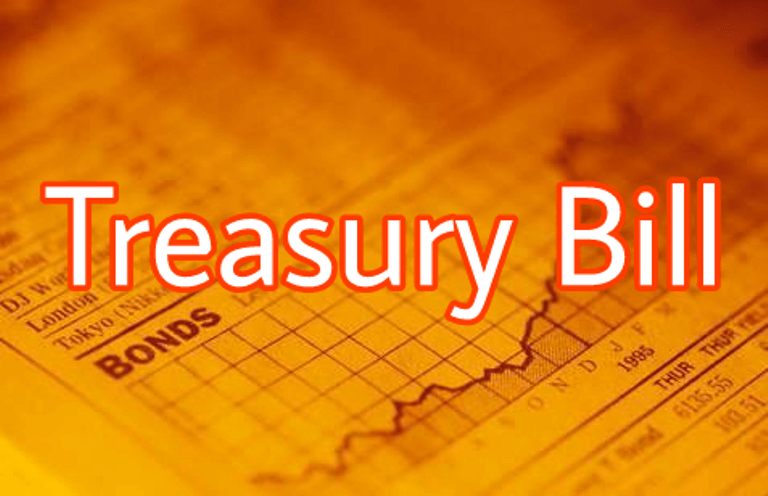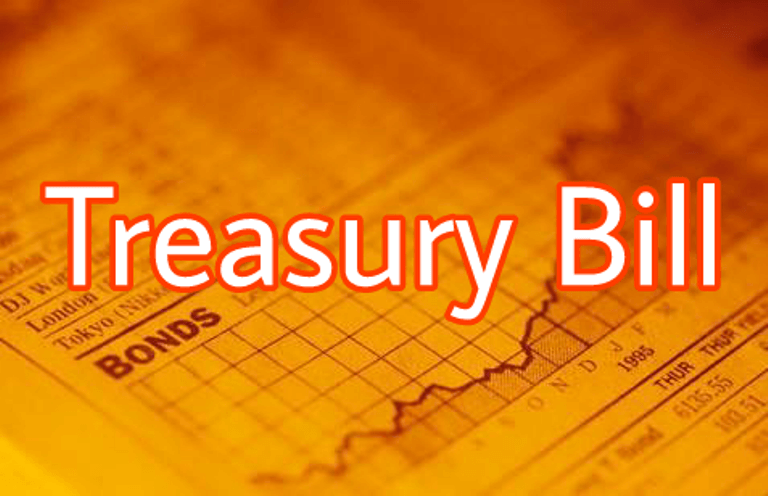Understanding Treasury Bill Interest Rates: How to Calculate Your Returns as an Investor
Investing in Treasury Bills (T-bills) is a popular choice for individuals seeking a safe and predictable way to grow their money. One of the key aspects of T-bills that attract investors is the transparency in how interest rates are calculated and how returns are determined. In this blog post, we’ll break down the process of calculating Treasury Bill interest rates and returns, using practical examples to help you understand how much you can earn from your investment.
Go to this website https://treasurybillrateghana.com to calculate your Treasury Bills Profit and Returns Using the Current Rate from Bank of Ghana
What Are Treasury Bills?
Treasury Bills are short-term debt instruments issued by governments to raise funds. In Ghana, T-bills are issued by the Government of Ghana through the Bank of Ghana, with tenors of 91 days, 182 days, and 364 days. T-bills are sold at a discount and redeemed at face value upon maturity. The difference between the purchase price and the face value represents the investor’s return.
For the latest Treasury Bill Rates for the Week starting 21st July 2025, click on the link below:
Latest BoG Treasury Bill (TBills) for 21st July 2025
How Treasury Bill Interest Rates Work
T-bills are zero-coupon securities, meaning they do not pay periodic interest. Instead, they are sold at a discount to their face value, and the investor earns the difference as interest when the T-bill matures.
The interest rate on T-bills is determined through a competitive auction process. Investors bid for T-bills by specifying the discount rate they are willing to accept. The Bank of Ghana then sets the final discount rate based on the bids received.
READ ALSO: HOW TO BUY TREASURY BILLS IN GHANA
Key Terms to Know
- Face Value (FV): The amount the T-bill will be worth at maturity (usually GHS 1,000 or multiples thereof).
- Discount Rate (DR): The rate at which the T-bill is sold below its face value.
- Purchase Price (PP): The amount you pay to buy the T-bill (calculated as Face Value minus Discount).
- Interest Earned: The difference between the Face Value and the Purchase Price.
- Yield: The effective return on your investment, expressed as an annualized percentage.
How to Calculate Treasury Bill Returns
To calculate your returns from a T-bill investment, follow these steps:
Step 1: Determine the Discount
The discount is the difference between the Face Value and the Purchase Price. It is calculated using the formula:
![]()
Step 2: Calculate the Purchase Price
The Purchase Price is the amount you pay to buy the T-bill. It is calculated as:
![]()
Step 3: Calculate the Interest Earned
The interest earned is simply the difference between the Face Value and the Purchase Price:
![]()
Step 4: Calculate the Yield
The yield is the annualized return on your investment. It is calculated as:
![]()

Practical Examples
Let’s look at some examples to illustrate how T-bill returns are calculated.
Example 1: 91-Day T-bill
- Face Value (FV): GHS 10,000
- Discount Rate (DR): 12%
- Tenor: 91 days
Step 1: Calculate the Discount
![]()
Step 2: Calculate the Purchase Price
![]()
![]()
Step 3: Calculate the Interest Earned
![]()
Step 4: Calculate the Yield
![]()
Example 2: 182-Day T-bill
- Face Value (FV): GHS 20,000
- Discount Rate (DR): 15%
- Tenor: 182 days
Step 1: Calculate the Discount
![]()
Step 2: Calculate the Purchase Price
![]()
Step 3: Calculate the Interest Earned
![]()
Step 4: Calculate the Yield
![]()
Example 3: 364-Day T-bill
- Face Value (FV): GHS 50,000
- Discount Rate (DR): 18%
- Tenor: 364 days
Step 1: Calculate the Discount
![]()
Step 2: Calculate the Purchase Price
![]()
Step 3: Calculate the Interest Earned
![]()
Step 4: Calculate the Yield
![]()
Key Takeaways
- T-bills are sold at a discount and redeemed at face value, with the difference representing your interest earned.
- The discount rate is determined through an auction process and varies depending on market conditions.
- The yield is the annualized return on your investment and helps you compare T-bills with other investment options.
- BoG Treasury Bill Rate This Week 21st July 2025 in Ghana
- Buying Government Of Ghana Treasury Bills Outside Ghana
- Payday Loans Online Your Deadline To Financial Emergencies
Why Invest in Treasury Bills?
- Low Risk: Backed by the government, T-bills are one of the safest investments.
- Predictable Returns: You know exactly how much you’ll earn at maturity.
- Short-Term Commitment: With tenors ranging from 91 to 364 days, T-bills are ideal for short-term goals.
- Tax-Free Earnings: Interest earned from T-bills is currently exempt from taxes in Ghana.
Conclusion
Understanding how Treasury Bill interest rates are calculated empowers you to make informed investment decisions. By using the formulas and examples provided in this guide, you can easily determine your potential returns and decide whether T-bills align with your financial goals.
Ready to start investing? Visit your nearest bank or primary dealer and take the first step toward earning predictable, low-risk returns with Treasury Bills!
Disclaimer: This article is for informational purposes only and does not constitute financial advice. Please consult a financial advisor before making any investment decisions.









3 Comments
Comments are closed.